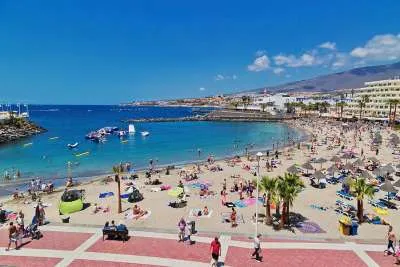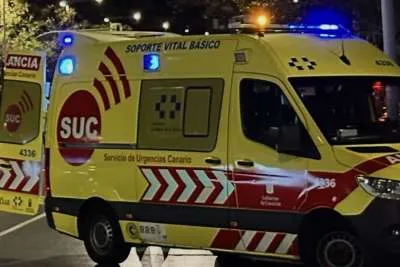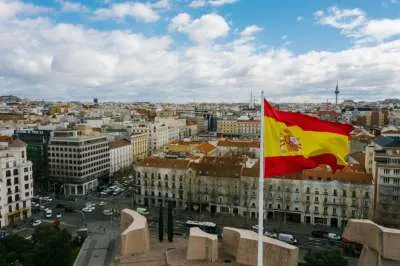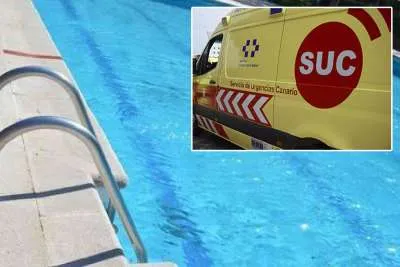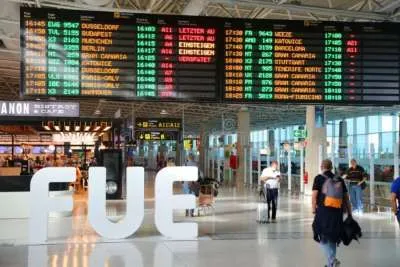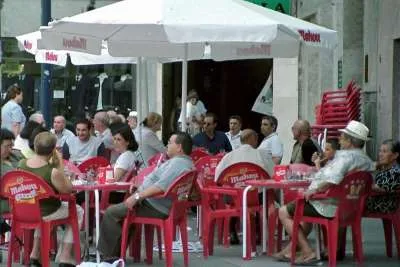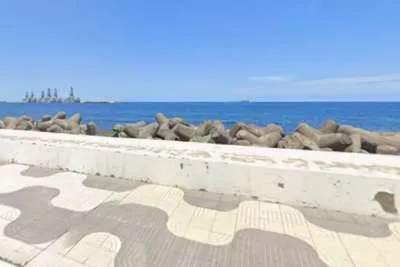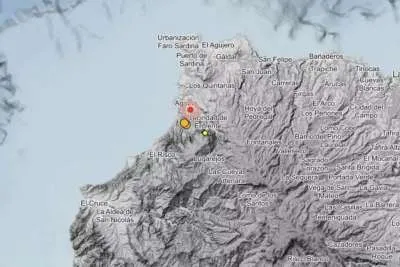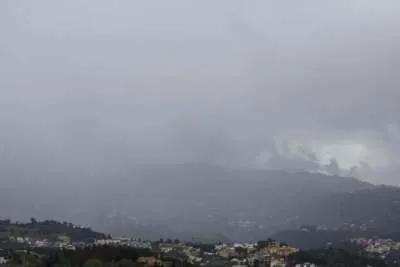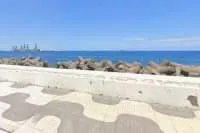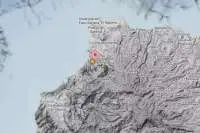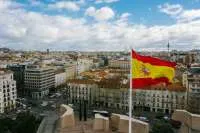LA PALMA UPDATE: New evidence reveals that the eruption is losing energy
- 06-11-2021
- National
- Canarian Weekly
According to the scientific coordinator of Involcan, Nemesio Pérez, yesterday afternoon, "The change in the dynamics of the eruption is clear and corresponds, without a doubt, to a loss of energy from the eruptive process that began to be detected at the end of October." This statement was following a social media post by them which showed the appearance of yellow sulphur deposits on the cone of the volcano, a fact that "does not imply an end to the eruption, but does indicate a clear change in its dynamics."
In addition to the positive results of detecting these deposits, is that their colour shows a drop in temperature of the magma, which, after talk, earlier this week of some “positive signs of the eruption stopping”, Pérez now points out, are part of the change in the dynamics of the eruption, alongside the fact that, for example, "the plume is now less dense and the wind affects it, which didn’t happen at the beginning", as well as the fact that there are decreases in sulphur dioxide emissions, and the tremor (noise caused by the eruption) has decreased.
In other words, and despite the particularly variable nature of the eruption that started on September 19th in the Cumbre Vieja area of La Palma, it is showing signs that encourage optimism for the first time, even though nothing points to a close end yet.
Involcan are also keen to point out that during the eruption of the San Juan volcano in 1949, which took place in the same area as the current one, there was a pause of activity for five days, after which it suddenly resumed again.
Why is the appearance of elemental sulphur deposits positive?
Pedro Hernández, a geochemist and specialist in volcanic gases from Involcan, clarified that, as has been said, their presence with that colour is characteristic of sulphur burning at a lower temperature in the gases emitted.
He added that “being able to see them is only the first step until we can retrieve some from the area close to the crater, and take them for analysis, we can only make assumptions.”
In the daily press conference held by Pevolca, the head of volcanology for the IGN, Carmen López, maintained that “the volcano has not stopped, it is still emitting lava, all be it a reduced amount. This indicates that there is an internal readjustment process, which means that there is still very intense seismicity and a signal of tremor associated with the operation of this material emission. Stability does not mean that the volcano has stopped, but its behaviour has been the same for a few days, with less lava emission and less intensity, but there are still ‘pulses’ at certain times.”
Other articles that may interest you...
Trending
Most Read Articles
Featured Videos
A Vision of Elvis Tenerife Promo
- 10-05-2025
Tenerife Travel Guide
- 13-12-2024
Live webcam from Lanzarote airport
- 13-12-2024










